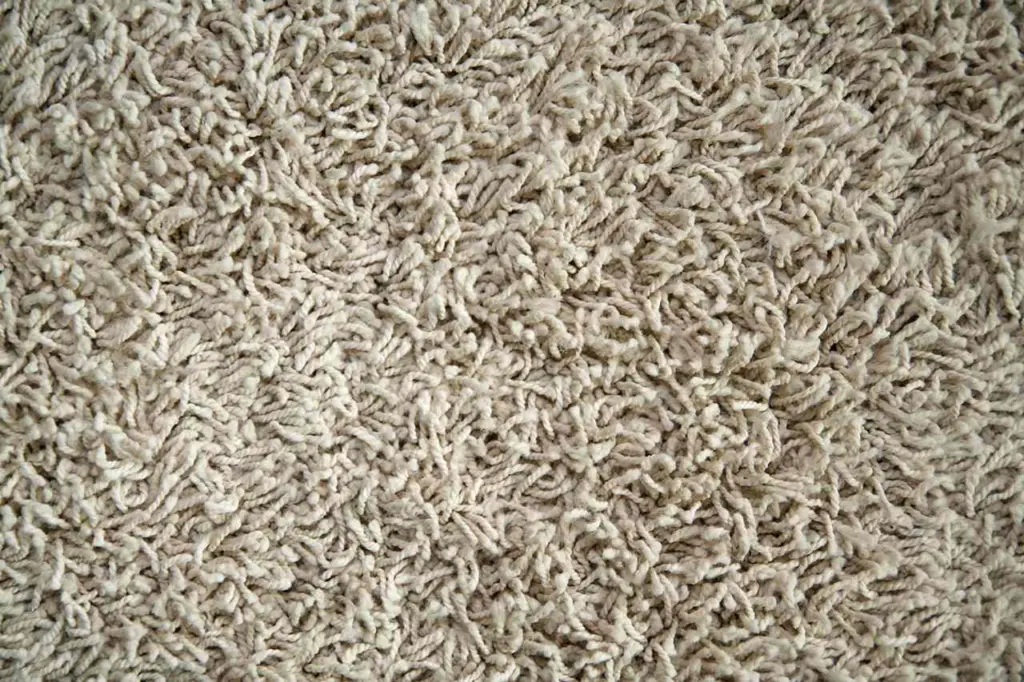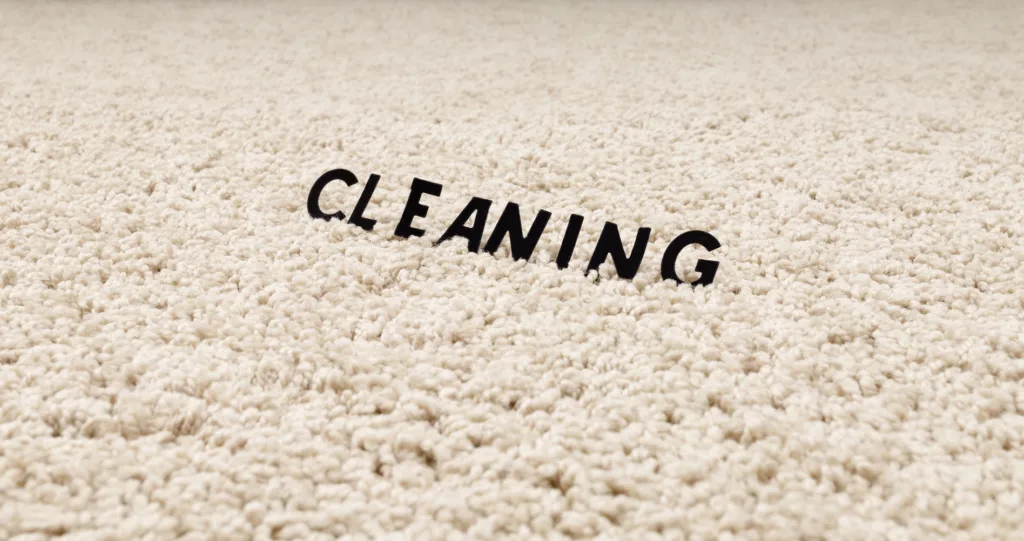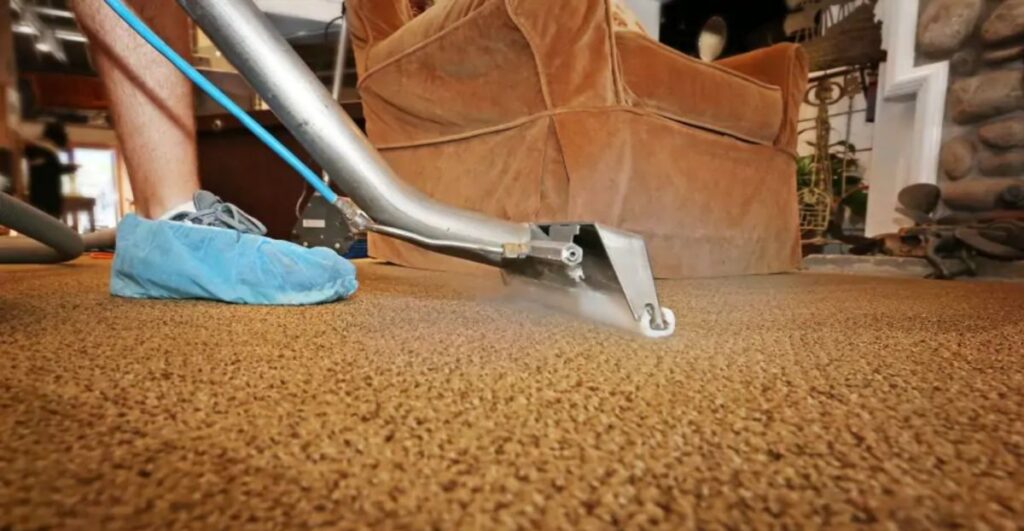Wool carpets come in a variety of styles, each offering distinct advantages for specific applications:
Cut Pile
Cut pile carpets are created by cutting the yarn loops, resulting in a plush, soft surface. They are suitable for various applications, from cozy bedrooms to formal living rooms. Cut pile carpets come in different textures:
Saxony: A dense, smooth finish with fibers standing straight up, suitable for formal spaces and master bedrooms.
Textured: A casual look with twisted fibers, suitable for high-traffic areas like living rooms and hallways.
Frieze: A durable and long-lasting carpet with tightly twisted fibers, ideal for busy households and commercial spaces.
Loop Pile
Loop pile carpets maintain the yarn’s looped shape, providing a more textured surface. They are known for their durability and resistance to crushing, making them suitable for high-traffic areas like family rooms, hallways, and offices. Variations of loop pile carpets include:
Level loop: A uniform loop height, offering a smooth and consistent surface, ideal for commercial spaces and busy households.
Multi-level loop: Varying loop heights create patterns and textures, providing visual interest and added durability.
Cut and Loop
Cut and loop carpets combine both cut and looped fibers to create patterns and textures. These carpets can add visual interest to a room, making them suitable for living spaces, dining rooms, and bedrooms.
Berber
Originating from North Africa’s indigenous Berber people, Berber carpets are known for their looped construction and natural, flecked appearance. These wool carpets provide exceptional durability, ideal for high-traffic areas, playrooms, and basements.
Blended wool carpets, which combine wool and synthetic fibers, are also popular due to their cost-effectiveness and added durability. Some common wool blends include:











